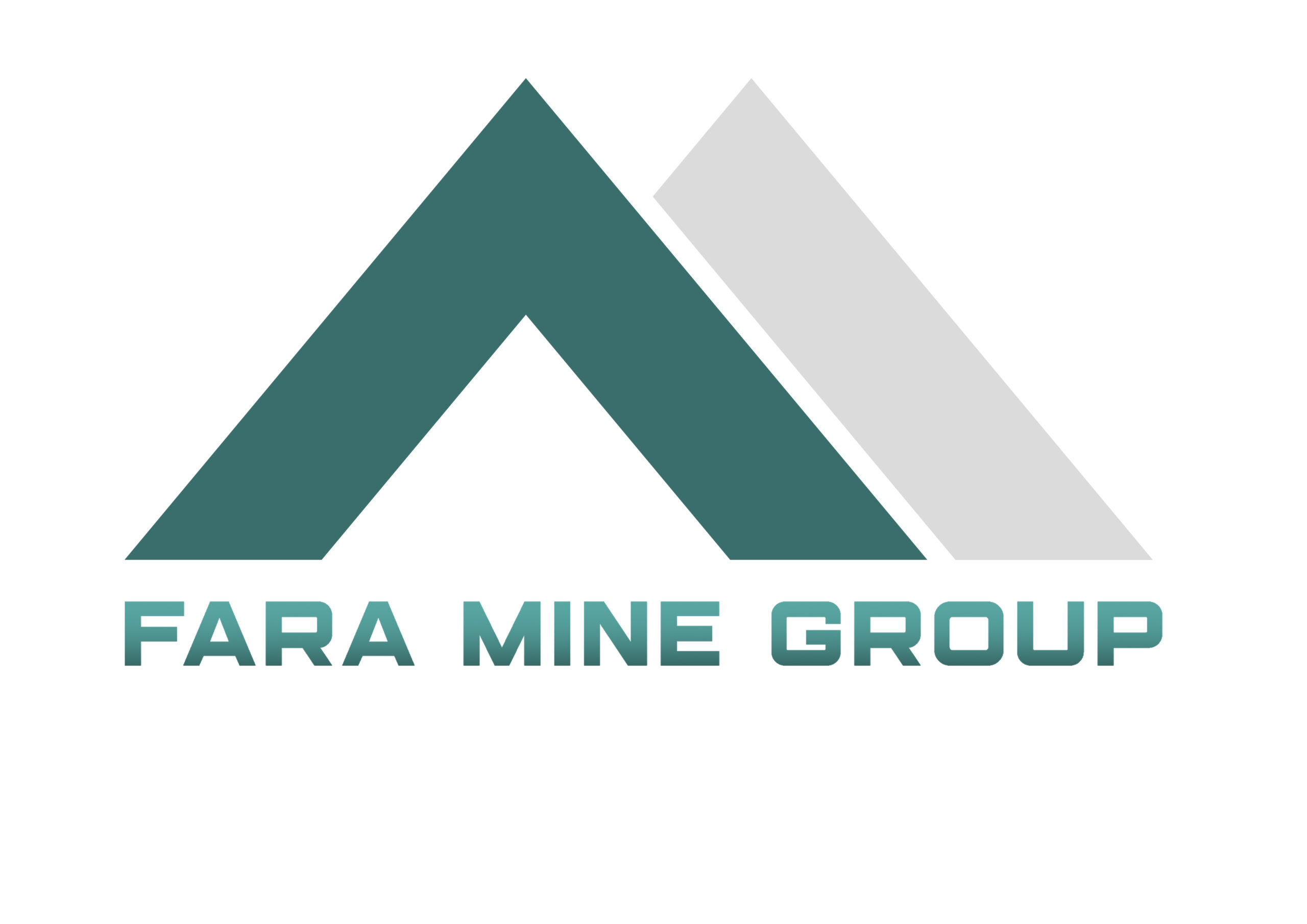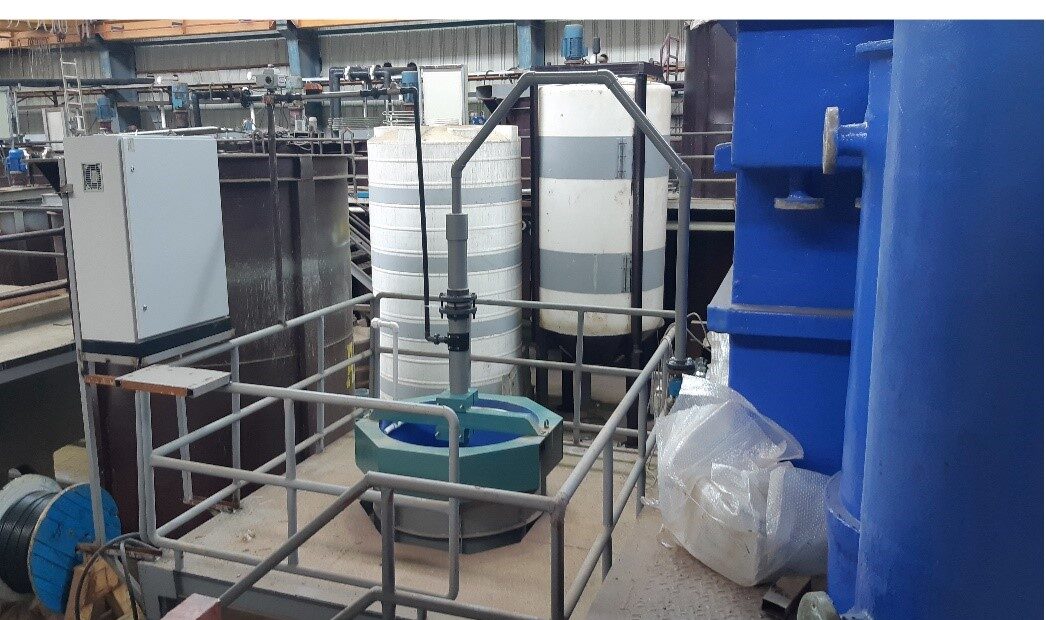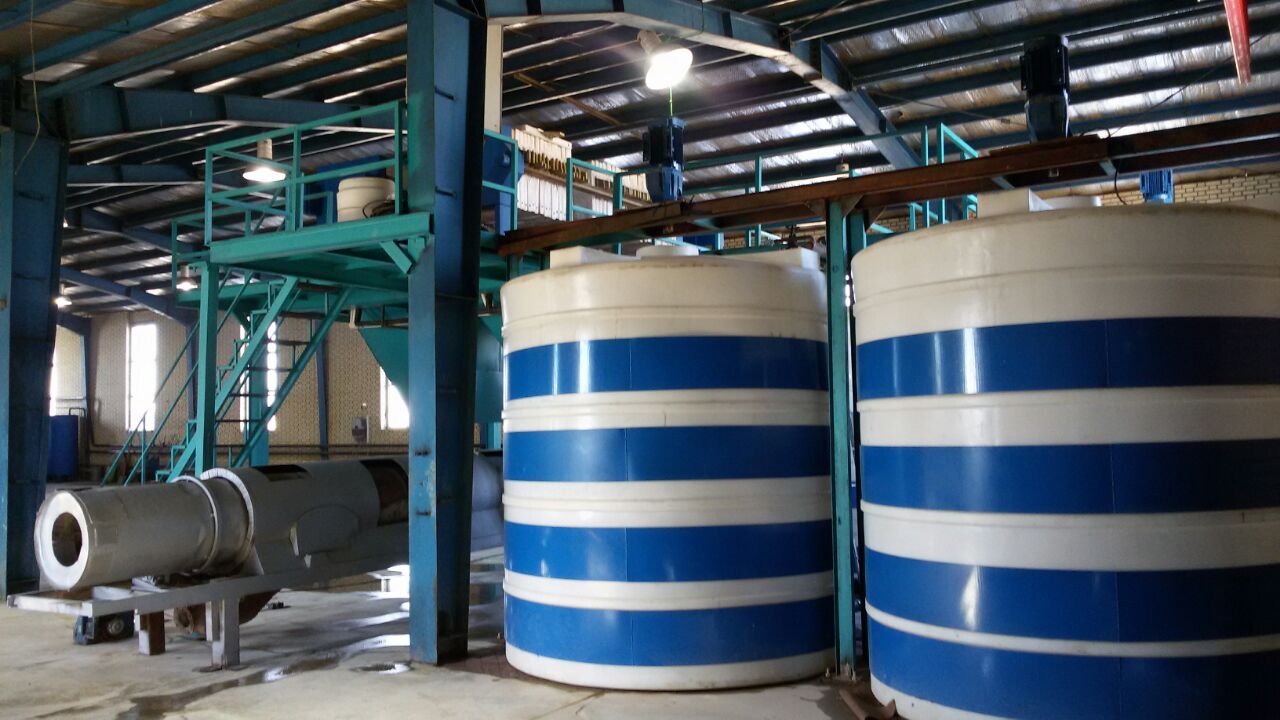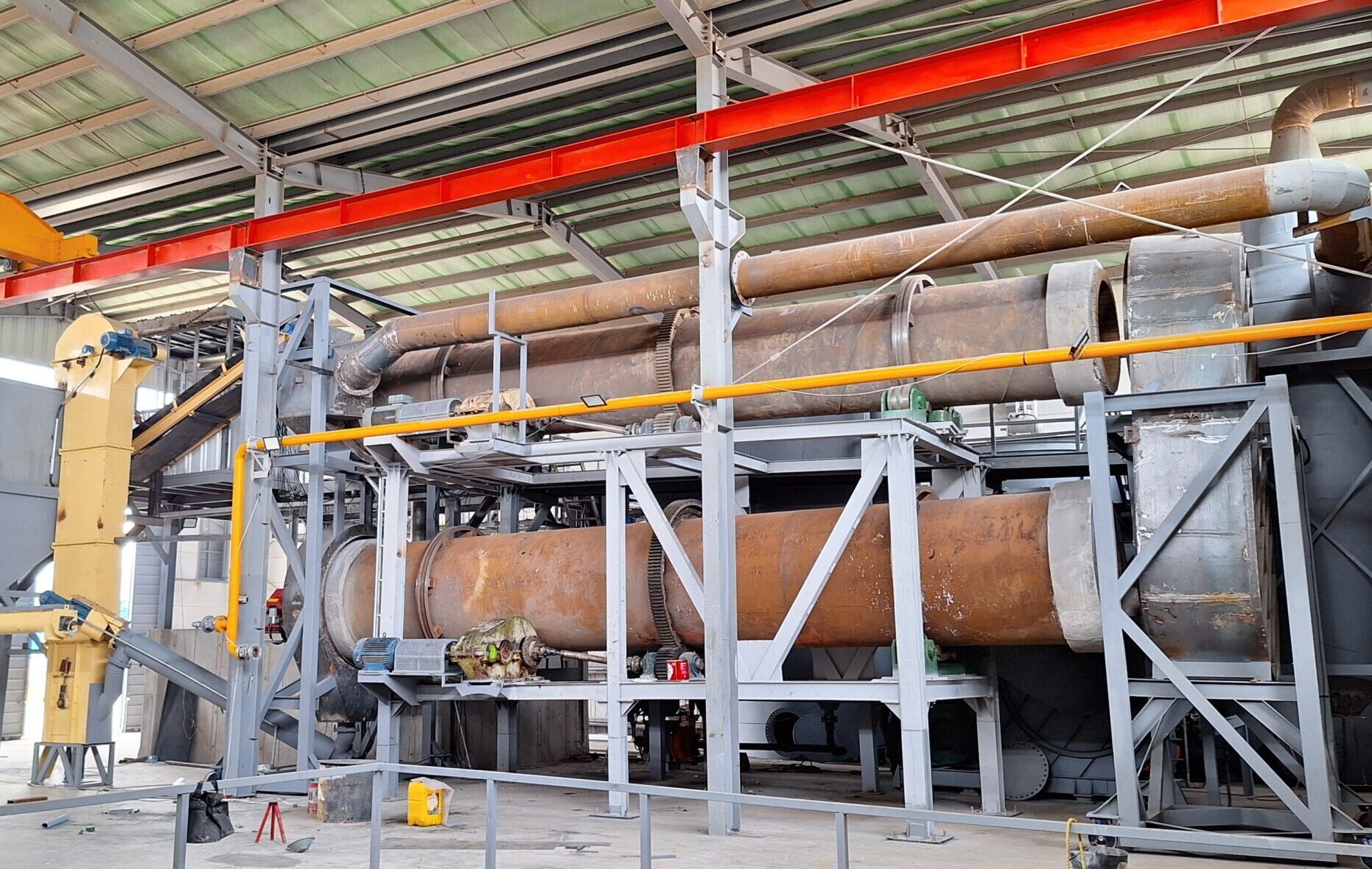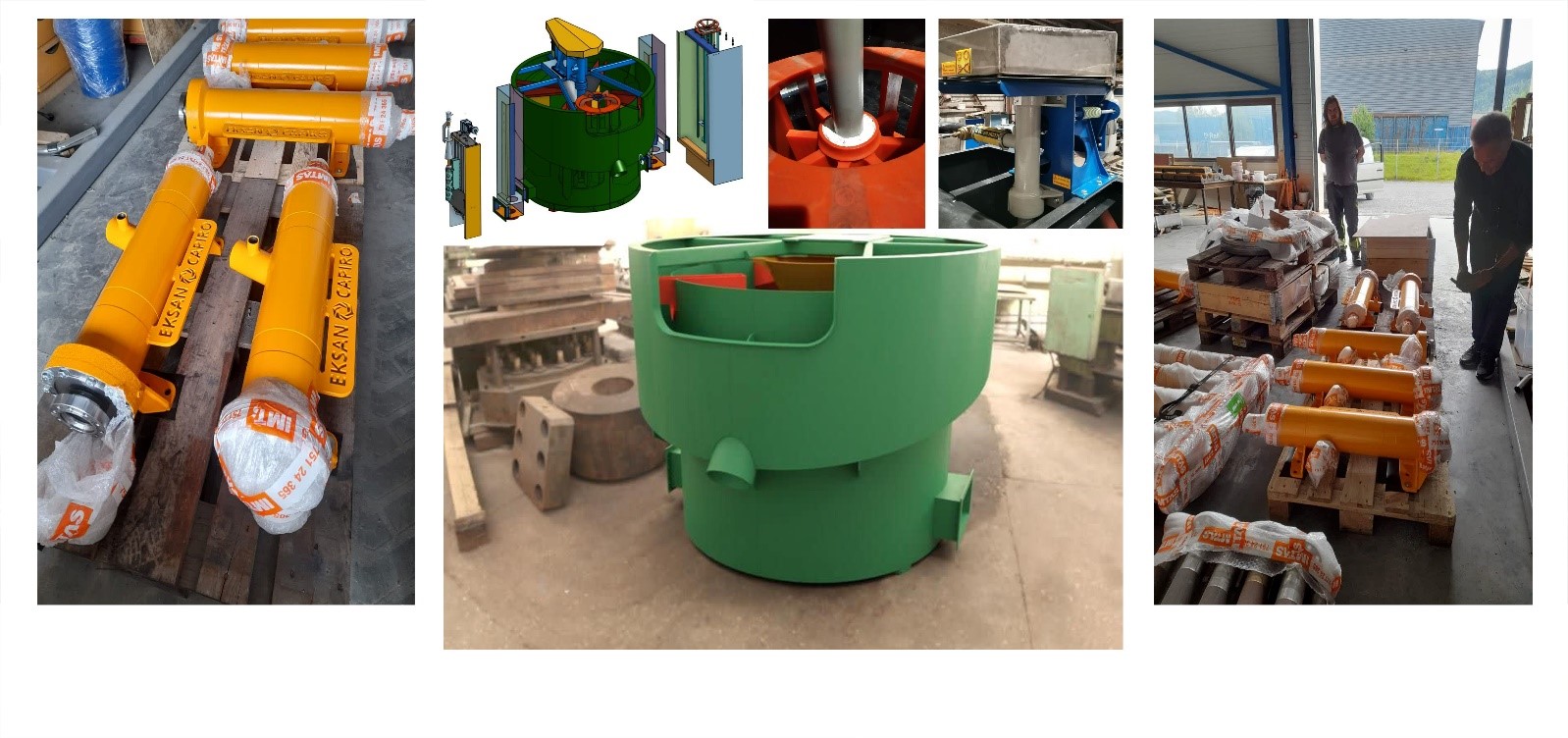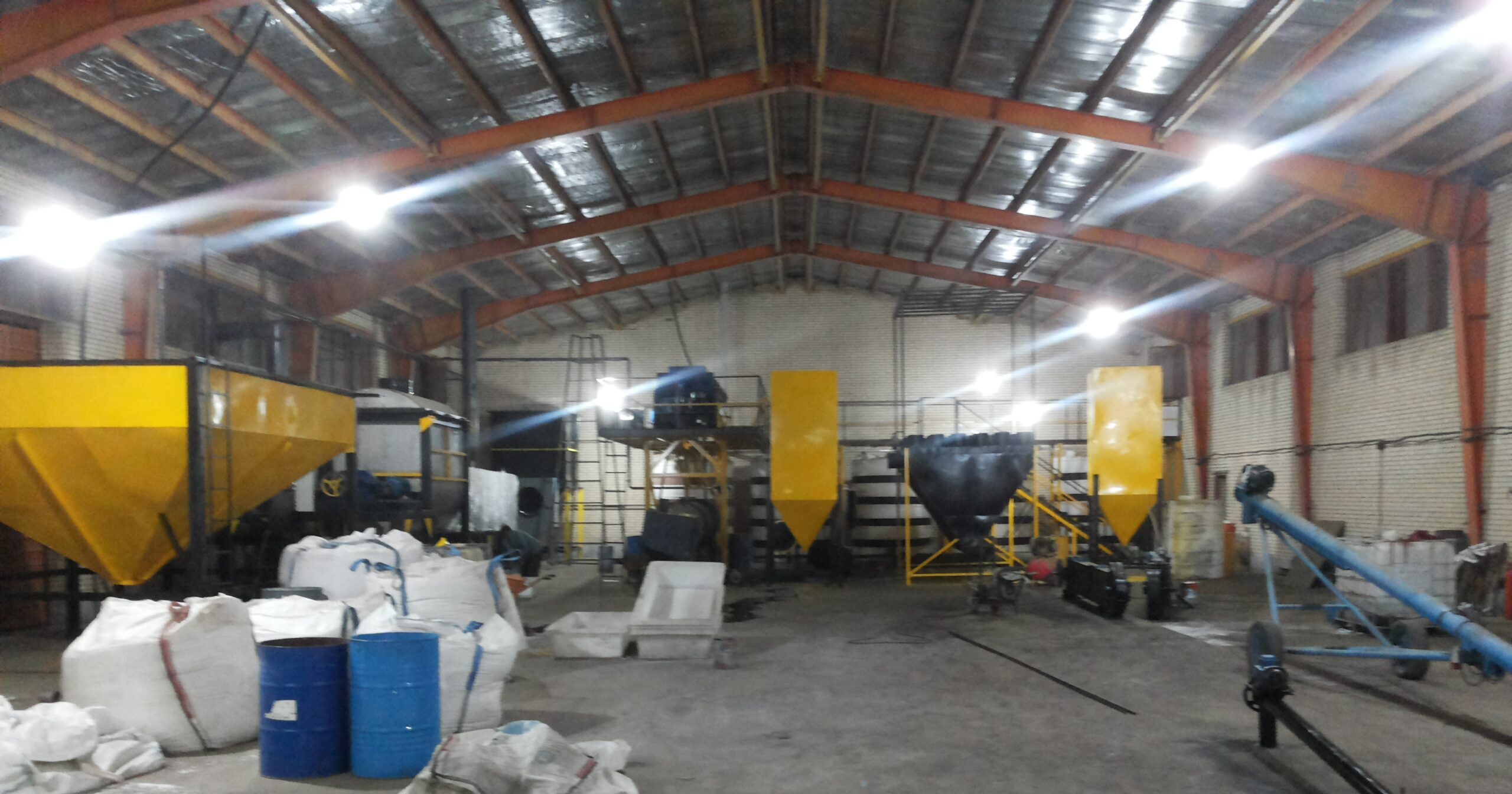Concord Flotation Cell
Ultrasonic Cell
As high-grade mineral resources become scarce and low-grade ores are increasingly utilized, there is a growing need for advanced and modern equipment to process these minerals. In response to this need, the engineers at Faramin Asia Industrial Group, with cutting-edge knowledge and expertise, have designed and developed a device called the Concord Flotation Cell. This device is capable of efficiently processing low-grade minerals with optimal performance.
The Concord Flotation Cell is the most advanced flotation cell designed and implemented globally. It can perform the flotation process with the highest efficiency and minimal wear and tear, without the use of mechanical mechanisms, thanks to precise instrumentation and advanced, fully intelligent automation.
Applications of the Concord Flotation Cell
The Concord Flotation Cell can be used in the following applications:
- Flotation of fine particles of lead and zinc
- Flotation of precious metals and rare earth elements
- Flotation of materials with low liberation degree requiring fine grinding
- Separation of residual organic phases in aqueous phases during solvent extraction processes
One of the main advantages of the Concord Flotation Cell is its ability to increase the pulp velocity beyond the speed of sound. The resulting shock waves cause bubbles to break and reduce their size to below 10 microns.
What is Flotation or the Science of Froth Flotation?
Today, froth flotation is undoubtedly the most important and comprehensive method for mineral separation, and its use in new fields and mineral processing is expanding.
Froth flotation is a process used to separate hydrophobic materials from hydrophilic ones. This process is utilized in mineral processing, paper recycling, and wastewater treatment industries. Historically, the process was first applied in the mining industry, where it became one of the most powerful technologies of the 20th century. The development of flotation improved the recovery of valuable minerals like copper and lead ores. Along with mechanized mining, it enabled the economic recovery of valuable metals from ores with much lower grades than before.
Applications of Flotation
Due to the scarcity of high-grade resources in nature, the industry is forced to rely on low-grade resources. Introducing these low-grade ores into production lines designed for high-grade materials incurs significant costs. Therefore, to optimize the process, these ores must be concentrated before entering the production circuit.
There are many methods for concentration, one of which is flotation. Flotation positively impacts the efficiency of mineral processing by increasing the grade of low-grade ores, thus reducing costs and enhancing the efficiency of production lines. Flotation is the most important concentration method, primarily used for the beneficiation of base metals. It is mainly applied in the concentration of sulfide ores of copper, lead, and zinc. This method is employed in most mines in Iran, including the Zirab Coal Mine in Mazandaran, the Sarcheshmeh Copper Mine in Kerman, the Anguran Lead and Zinc Mines, and other facilities.
